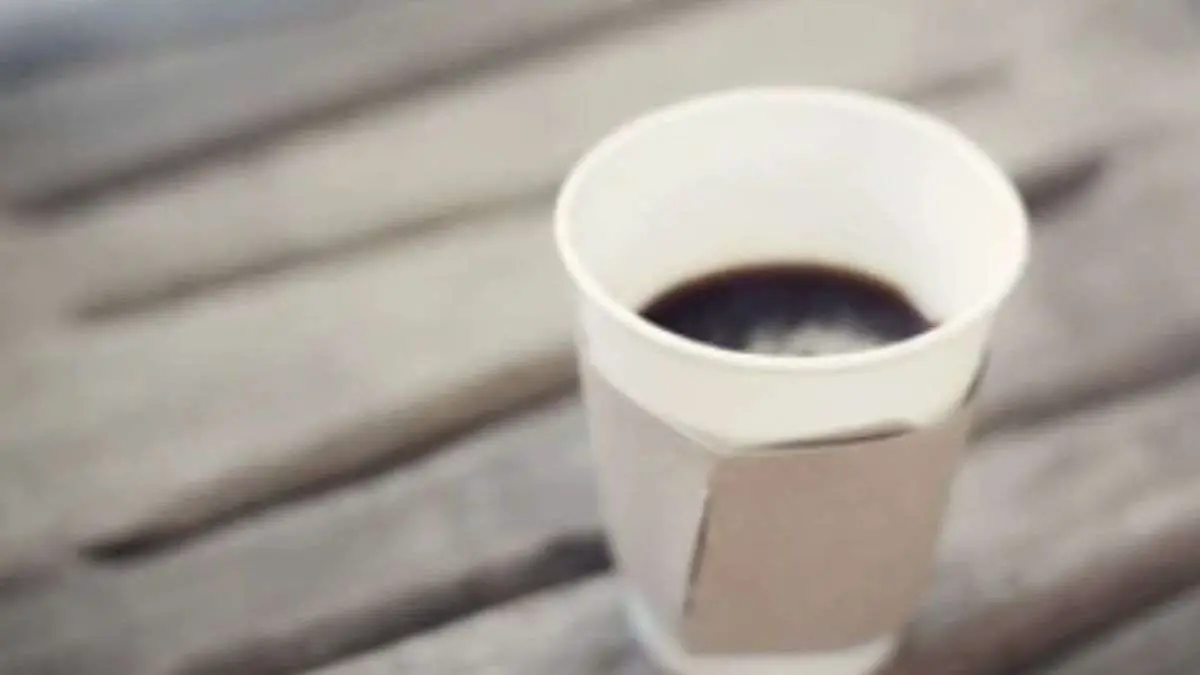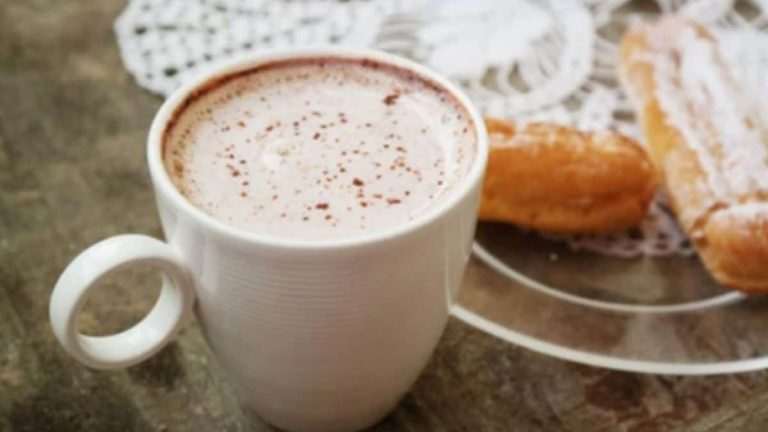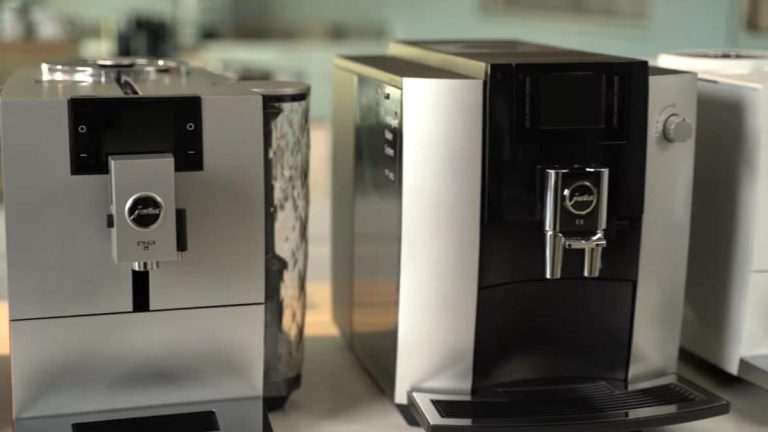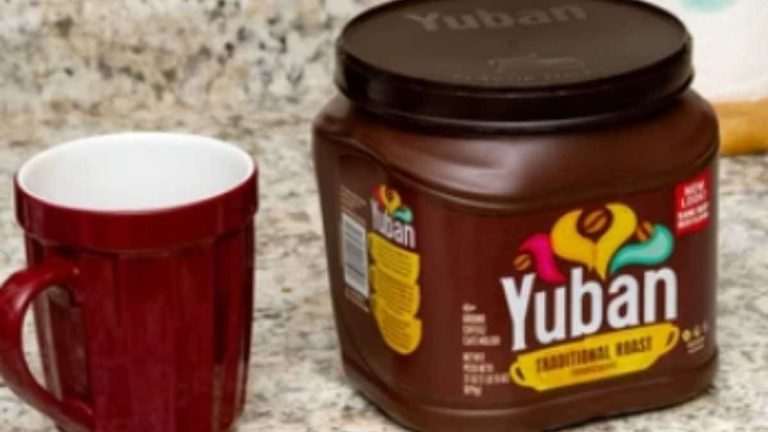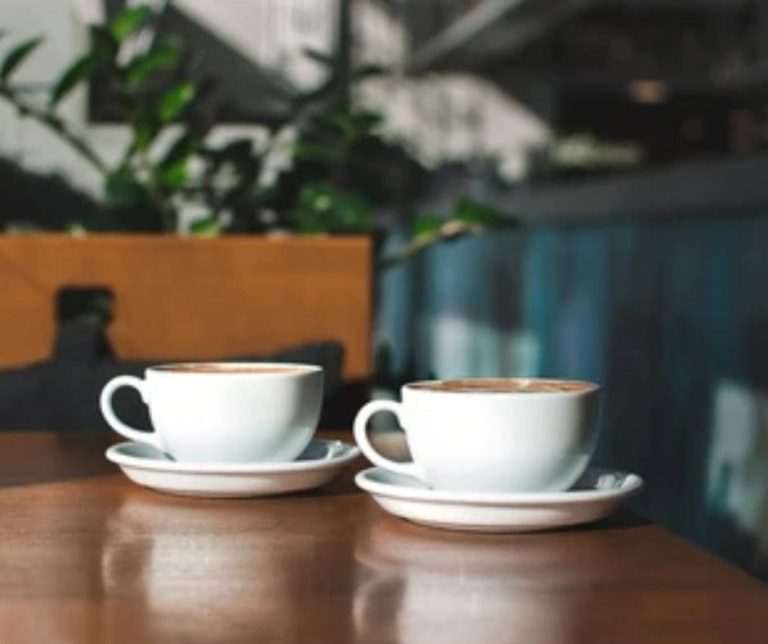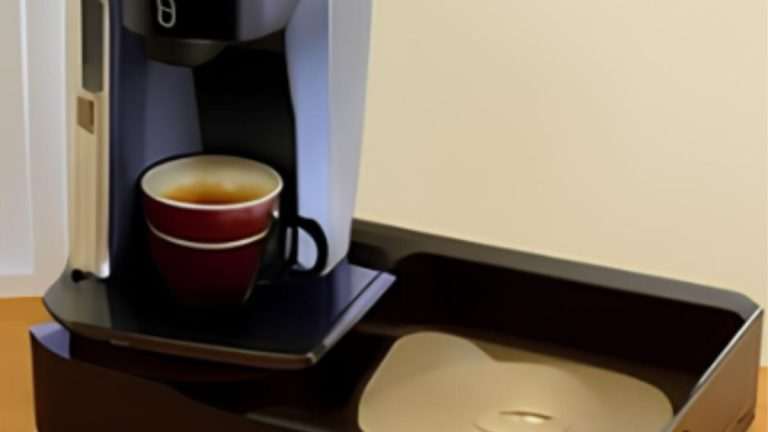How To Make Cheap Coffee Taste Better?
When you are low on cash and buying coffee, what do you do? You go for the cheaper option of course. But as they say: “you get what you pay for!” I know you are thinking that “cheap” is the right option, but it doesn’t necessarily have to be. In this article, I will show you how to make cheap coffee taste better without spending a fortune.
Do you want to learn how to make cheap coffee taste better? Yes! Me too! You and I both know that delicious coffee doesn’t have to come with a fancy price tag. It can be easy and affordable. The key is knowing how. That’s where I come in. I know everything there is to know about making cheap coffee taste better, and I’m going to share it with you today.
Coffee is one of those things that tastes much better when you’re drinking it at home rather than at a restaurant. But, unfortunately, not all of us are privileged enough to afford the high price of a coffee every morning. In fact, some people can barely afford to feed their own children. Every morning I take solace in the fact that I can still get a good cup of coffee for only a quarter — and so can you!
Taste is subjective, so when we talk about making cheap coffee taste better, what we are really talking about is making your own version of cheap coffee taste better.
Coffee is a complex drink where many variables can affect the final taste and this article will help you find the perfect combination for your tastes.
In order to make cheap coffee taste better, you need to learn how to make this beverage at home.
The first thing that you have to do is to get the right equipment like a percolator or a French press. These tools are very affordable and can be purchased in almost any online or local store.
Taste the water. Did you know that the water used to brew your coffee makes more difference in the taste than the beans? Use filtered water if possible, and use a permanent filter if you can’t. The flavor of your coffee will also depend on how hard your water is. If you have very hard water, use bottled water or even boil it first (not too long though).
You’ll probably find that this small change alone makes a huge difference in the final product! Grind your own beans. Never grind all of the beans at once for a large pot of coffee. Grinding too much will expose them to oxygen and heat which can cause them to go stale quickly. For maximum freshness, grind only as much as you need for each pot. This goes double for pre-ground coffee from the store as well. Avoid acidity. Coffee has an inherent bitterness due to certain acids present in its oils and aroma compounds.
One of the biggest problems with cheap coffee is that it is often ground too finely. People who buy premium coffee know that grinding the beans fresh (or at least not too long before brewing) is critical, as a coarse grind makes for far superior-tasting coffee.
The same is true for any cheap coffee. If you grind it yourself, you can use a blade grinder, but if you buy your coffee pre-ground from a grocery store or convenience store, you need to find a way to make it coarser.
One of the best solutions I’ve found for this problem is to put the ground coffee in a large metal bucket and then run hot water through it, stirring the grounds to break them up as they are soaked. I do this until the water stops being cloudy from the grounds. Then I drain the excess water and allow the grounds to dry completely before using them.
Why does cheap coffee taste so bad?
Table of Contents
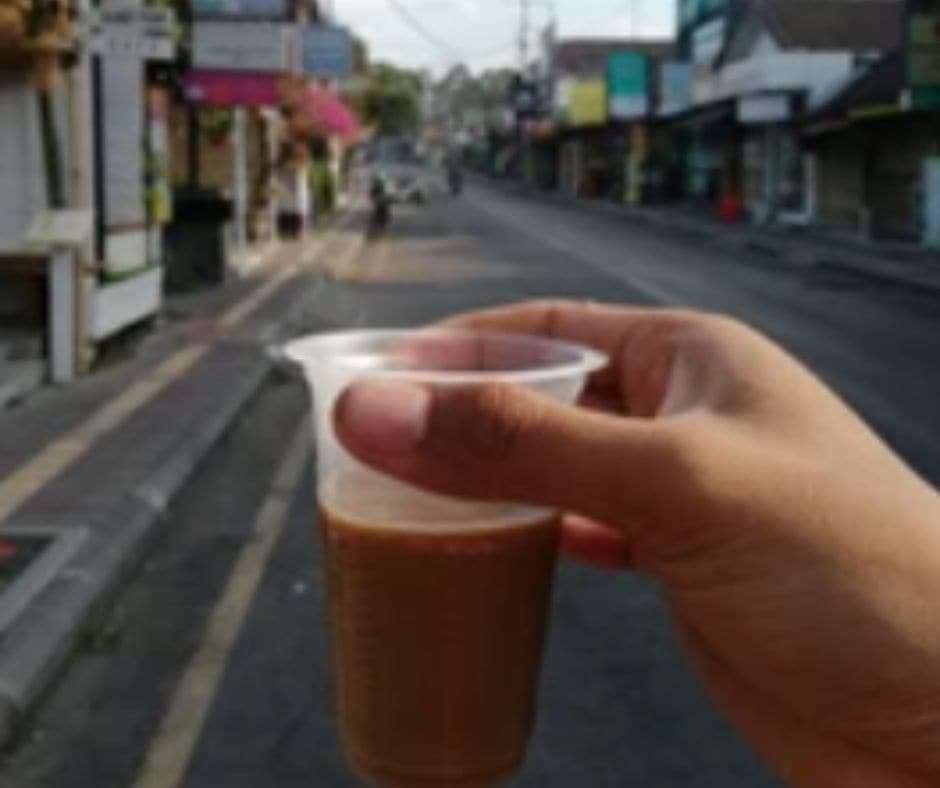
The simple answer to the question is that it’s because cheap coffee is made from low-quality beans.
An in-depth answer requires us to look at the quality of the beans, how they’re roasted, and then how they’re brewed. The quality of the beans you use dictates the quality of the coffee you drink. High-quality beans are delicious.
They have rich flavors and aromas and a smooth finish. When using high-quality beans, you really don’t need to do much else in order to make a great-tasting cup of coffee. It’ll taste good with hot water poured over it, or cold water if you prefer iced coffee. It can be brewed using a drip maker or an espresso machine.
Cheap coffee generally refers to any type of coffee that doesn’t use high-quality beans. In fact, cheap coffee doesn’t even have to be made with real coffee beans at all; it can simply be flavored with instant or powdered coffee instead. Cheap coffee is often bitter and tastes ‘burnt’ which is caused by under roasting the beans. Cheap coffees are often over-roasted to cover up any bad flavors from the inferior beans used to make them.
How do you make cheap coffee taste good?
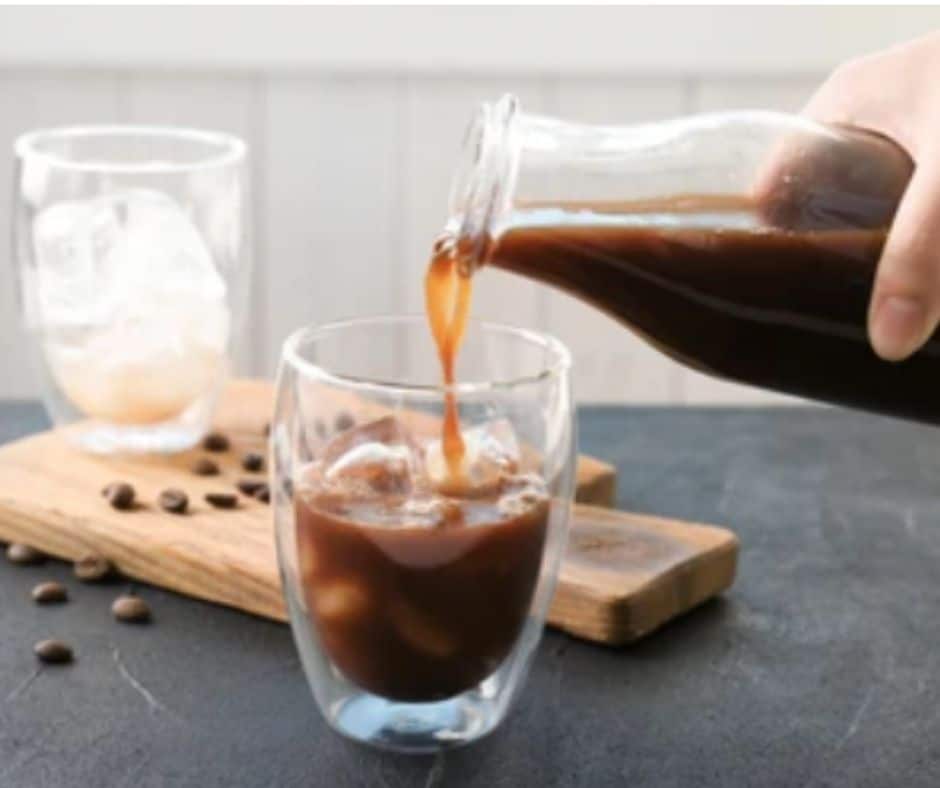
Trying to save money can be hard, especially when it comes to your morning coffee. But there are ways to get good-tasting coffee without spending a lot of money.
Here are some tips on how you can make cheap coffee taste good:
1) The best thing to do is buy whole bean coffee beans and grind them yourself.
Grinding the beans, yourself will help release more flavor from the beans and will help the coffee smell better. Most people believe that if you ground your own beans most of the oils would have already evaporated from the beans but this is not true at all. When you grind your own beans, you are actually grinding away stale flavors that have already escaped from the bean since it was roasted.
2) Another great tip is to buy a French press or some type of drip maker that filters out the oils in the beans while making your coffee. This will help keep the oils within the bean instead of letting them escape into your cup. Not only will this help save money but it will also help preserve freshness in your coffee for longer periods of time.
How do you make basic coffee taste better?
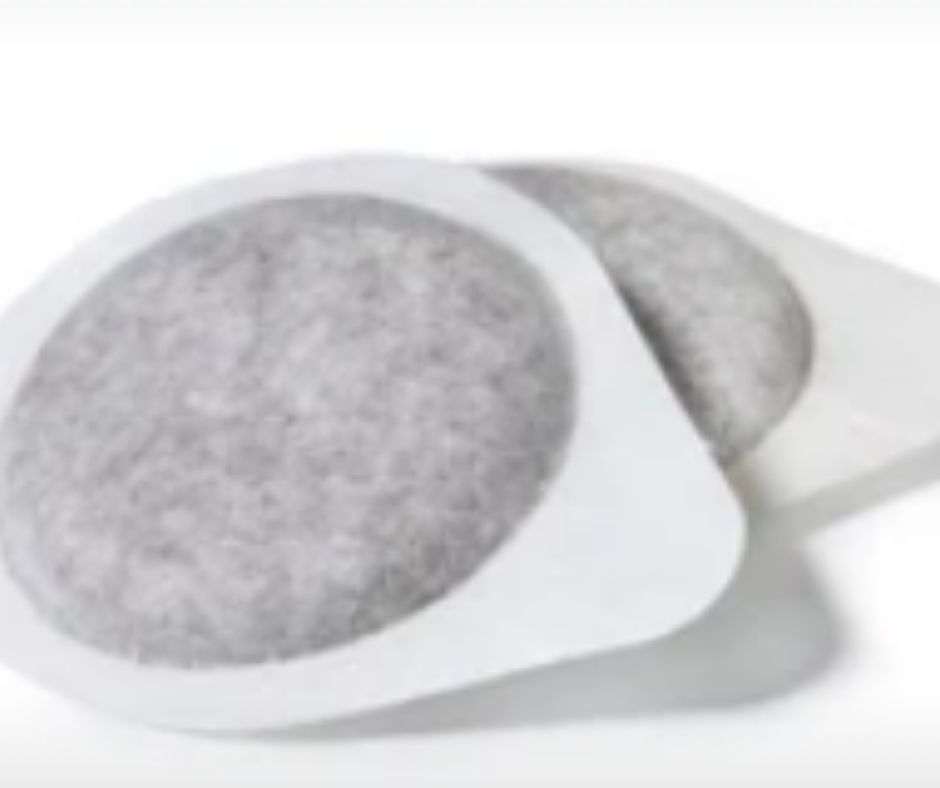
How do you make basic coffee taste better? You use a French press, of course. There’s nothing quite like that rich, warm flavor and aroma of freshly brewed coffee. I guess that’s why the French press is still so much a part of our day-to-day lives. It’s been around for a while now, long enough that we don’t even think about how to make basic coffee taste better. We just do it!
Maybe it’s not so much that we don’t think about it, though. I mean, if you’re asking this question, you’re obviously looking for ways to make your cup of joe taste even better than it does already. If you’re looking for ways to make basic coffee taste better, you can check out this article for some tips on making your own homemade bean grinders and fresh-roasted coffee beans. Of course, there are also other ways to make basic coffee taste better than it does already…
The first step is to get the right equipment. You need a good-quality coffee maker and grinder. As I’ve stated many times in previous articles, grind it fresh and brew it fresh.
Water: Scalding hot water is essential to pulling out the most flavor from your coffee beans. Many people make their coffee with water that is too cool or too hot (the ideal temperature is 195 degrees). The way you can tell if your water is at the right temperature is by placing your hand under the stream of water while it’s brewing.
You should only be able to hold your hand there for 5-7 seconds before it becomes too uncomfortable to keep your hand in the stream of water. If the water is too cool, your coffee will not extract enough flavor from the grounds, resulting in a weak and sour cup of Joe. If the water is too hot, your coffee will extract bitter flavors from the grounds resulting in a very strong cup of coffee that tastes burnt and unpleasant.
Can You Make Stale Coffee Taste Fresh Again?
It seems that all of us at one time or another, have had a bag of coffee that has been left in the cupboard for just a bit too long. What to do now? Is there any way to save it?
To answer this question, we went straight to the experts at Seattle’s Best Coffee, who assured us that stale coffee is not necessarily bad coffee. But they did offer a few suggestions on how to make stale coffee taste fresh again. Here are their tips:
- Make it hot!
The flavor of coffee begins to dissipate as soon as it is ground and brewed. The longer your coffee sits around and cools, the more flavor is lost. So don’t let your pot sit too long and reheat it! This will also help to restore some of the lost flavors.
Coffee beans are roasted for a reason…
Coffee beans are intentionally roasted light for a reason so that when you brew them with water you can control how much flavor you want in your coffee. Light roasts will provide a lighter coffee flavor than darker roasts, so if your coffee tastes really bitter it may be that you’re using a roast that is too dark for your particular taste.
You can, however, prevent it from going stale by following these steps:
- Place your unopened bag or can of coffee in a cool and dry place away from light. Do not leave it in your car or on the window sill. Once you open the bag or can, store the coffee in an airtight container at room temperature.
- Never store coffee in the refrigerator or freezer. Coffee will absorb odors from other foods. If you must store coffee in the refrigerator or freezer, use an airtight container.
- Store whole bean coffee away from ground coffee or any moisture source (this includes the counter, above the stove and near your sink). Coffee begins to lose flavor immediately after grinding. Never grind more than you will use within two weeks because any unused ground coffee will begin to lose its flavor also.
Is Old or Stale Coffee Bad for You?
The short answer: No, stale coffee isn’t necessarily bad for you. That said, it’s not the best for you, either.
Taste is subjective, of course. Some people prefer the taste of stale coffee. Others — even if they don’t know it — may be experiencing anosmia, or an inability to detect odors. If that’s the case, they won’t notice a difference between fresh and stale coffee.
Coffee, like all food products, has an expiration date because when it starts to turn stale, it also starts to lose some of its nutritional value. While most people don’t drink coffee for its health benefits, there are some things that happen when it goes stale.
Nutrients Break Down Over Time
Roasted coffee beans are packed with antioxidants which help fight disease and slow down the visible signs of aging over time. When coffee beans go stale, however, their antioxidant levels decline dramatically — some research shows up to 90 percent fewer antioxidants than in fresh coffee. That doesn’t mean drinking old coffee will suddenly make you look and feel 10 years older (though it probably won’t do anything to slow down signs of aging). But if long-term health is your goal rather than immediate gratification in the morning, old or stale is bad for you.
How do you know when your coffee is stale?
Coffee is one of the most popular beverages in the world. It’s also one of the most complexes.
Taste is a big factor in coffee drinking, but it’s not the only thing. Many people like to drink coffee to help them stay alert during their day, while others drink it because they enjoy the flavor and aroma.
The quality of your coffee beans makes a difference as well. Beans that are not roasted properly or have been stored in sub-optimal conditions will have a negative effect over time on how your coffee tastes.
So, how do you know when your coffee is stale? The answer isn’t as simple as you might think. Stale coffee looks smells and tastes different depending on how long it has been sitting around and how it was stored before being brewed.
Can you drink stale coffee?
Can you drink stale coffee? You can, but it’s not recommended. Stale or old coffee is defined as coffee that has been roasted longer than your typical store-bought bag.
The taste of the coffee will be affected by how long it has been roasted, the roasting temperature, and the amount of time between roasting and brewing (see “Freshness” below).
This is not to say that a properly brewed cup of stale coffee does not taste good. In fact, many people prefer it over fresh tasting coffee because of its stronger flavor.
The most common complaint about stale coffee is a lack of fresh aroma. The high acidity levels in stale coffee reduce its ability to develop aromas during the brewing process.
Coffee beans are typically roasted within 5 to 10 days after they are picked. After this period, they start to lose their flavor and quality. For this reason, almost all supermarkets and grocery stores will sell only roasted coffee within 2 weeks of being picked. This short period of time allows for optimum flavor development before the beans are sold to consumers.
What does stale coffee taste like?
What does stale coffee taste like? If you’ve ever drunk stale coffee, then you probably already know the answer to this question: absolutely terrible. Stale coffee has an unpleasant flavor, and even worse aroma. You’ll want to get rid of it immediately!
How do you know when your coffee is bad?
There are some bags that are opened when they are roasted. The air goes in and out of the bag during the roasting process. So, it’s very important that you make sure that you close the bag as soon as possible.
Taste is one of the most important things that you need to keep in mind when you want to make sure that your coffee is fresh. The first thing that you should be looking for is whether or not your coffee has a nice aroma. Coffee can lose its flavor quickly when it is exposed to air. So, if your coffee does not have an aroma, then it is probably stale.
A lot of people have a hard time identifying stale coffee so if you find yourself having difficulty, then there are a couple of other ways to make sure that your coffee is good. In order to ensure that your coffee is fresh, you need to look at the packaging and make sure it has not been opened and seal broken. If you can smell the coffee from a distance and there is no hint of any bad odor, then this means the bag has been opened for too long and needs replacing.
Another way to tell if your coffee has gone bad is by using your senses to smell it.

